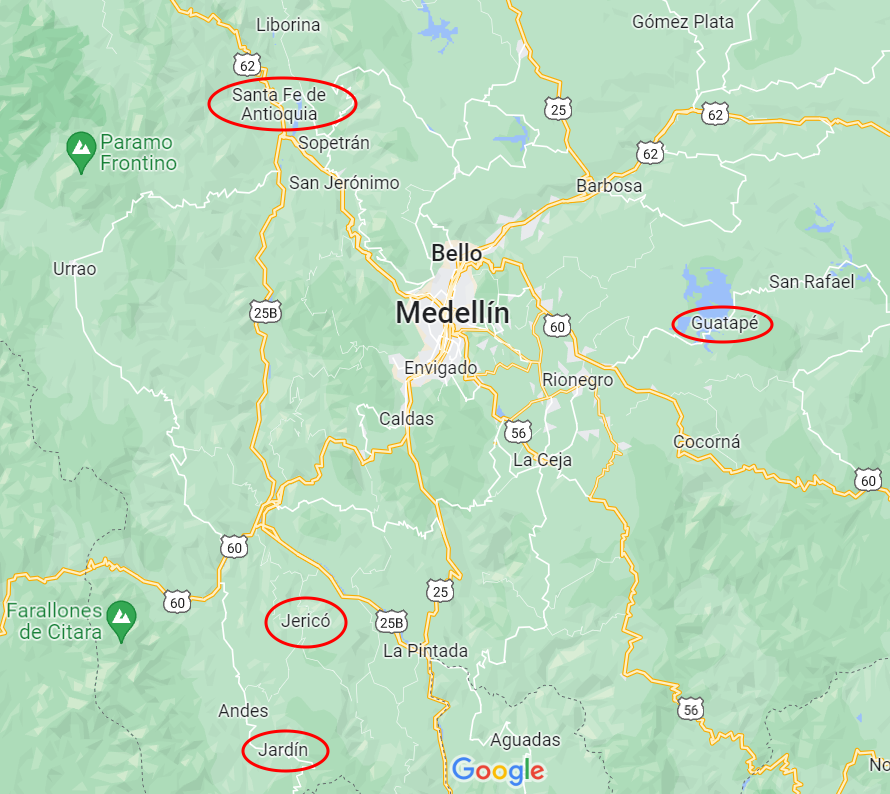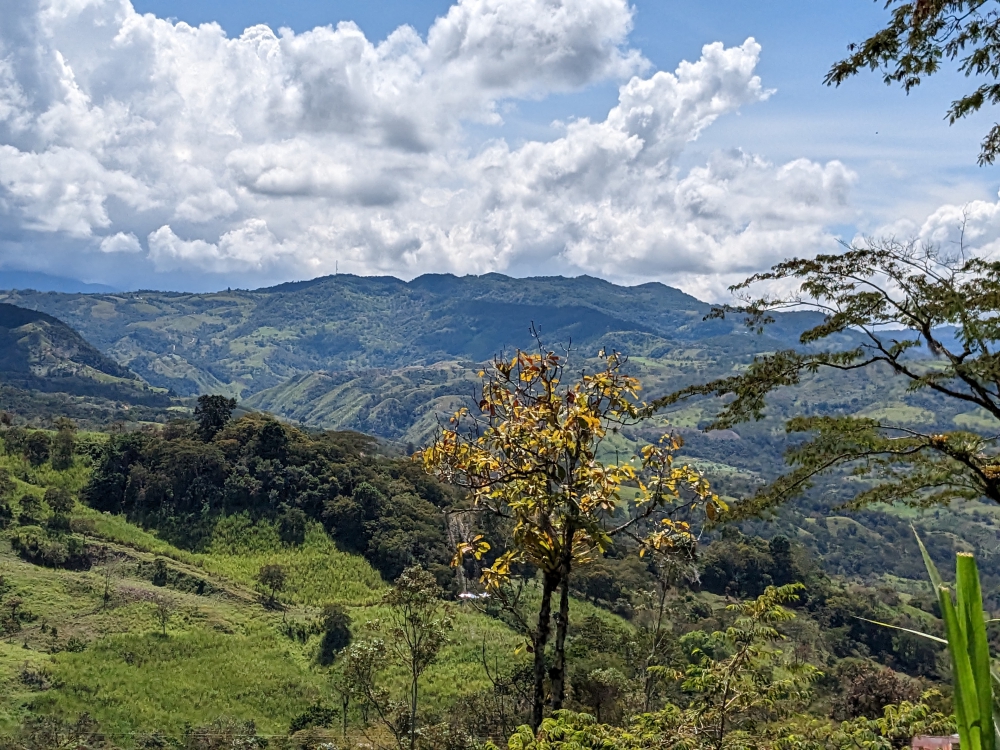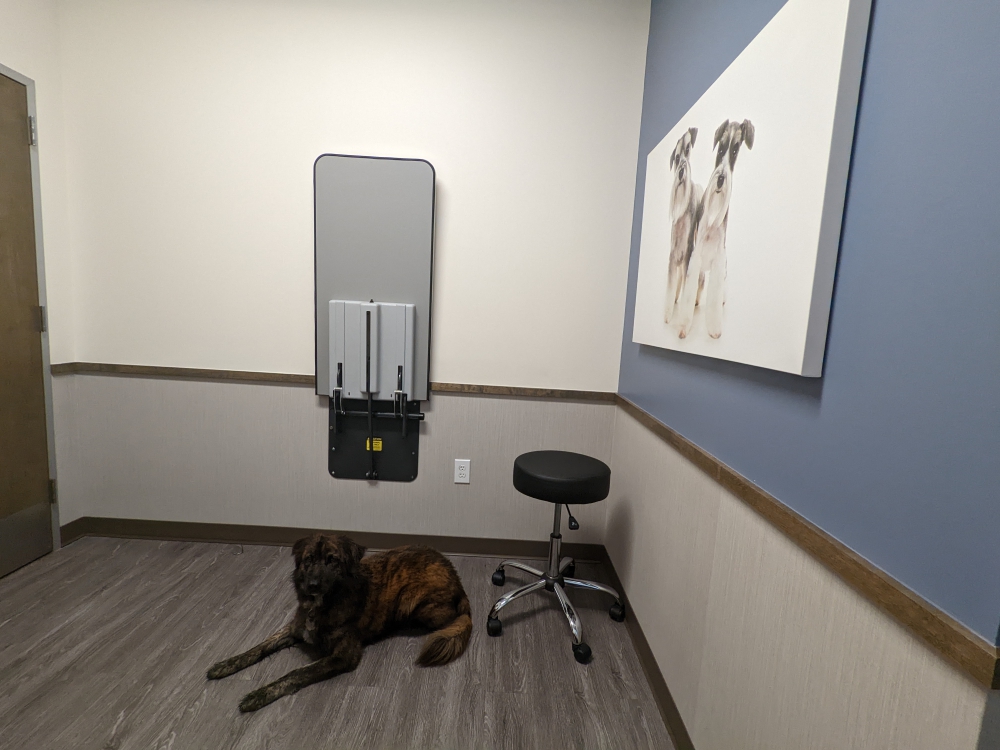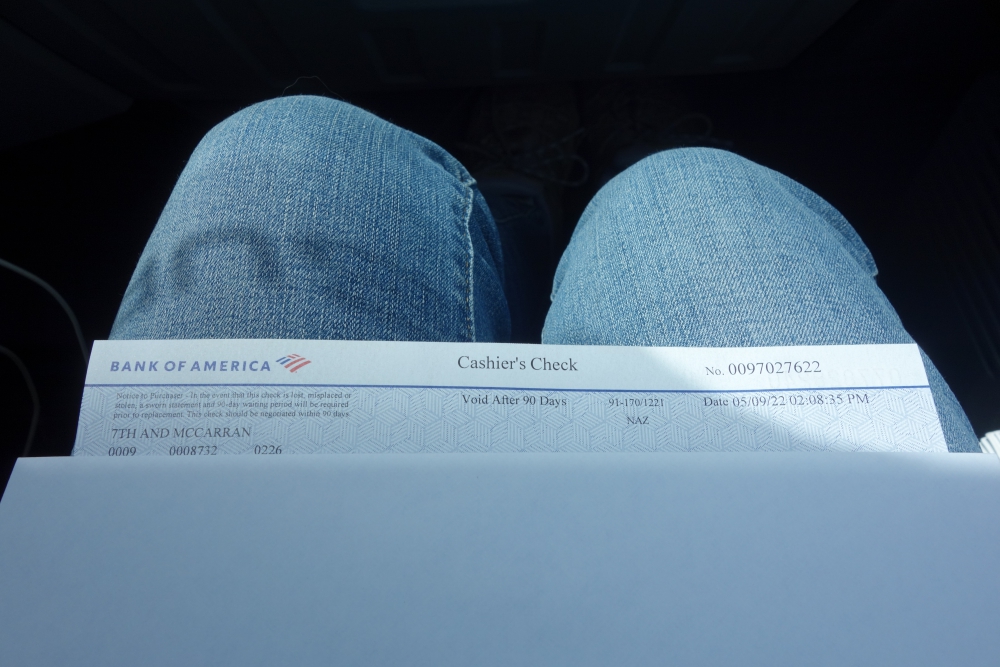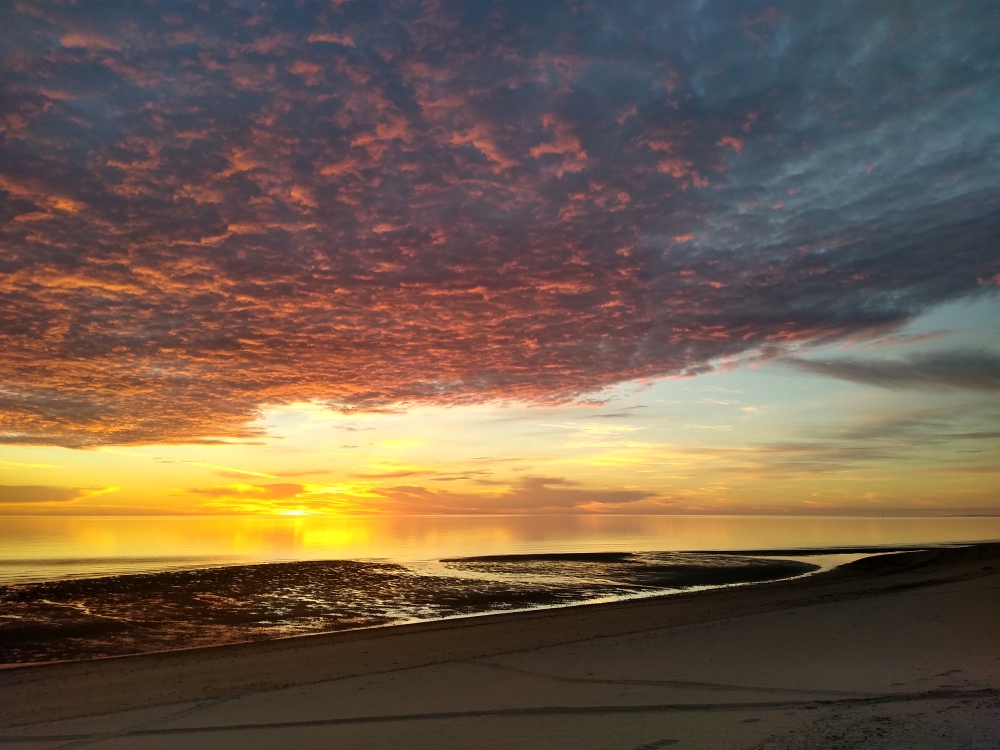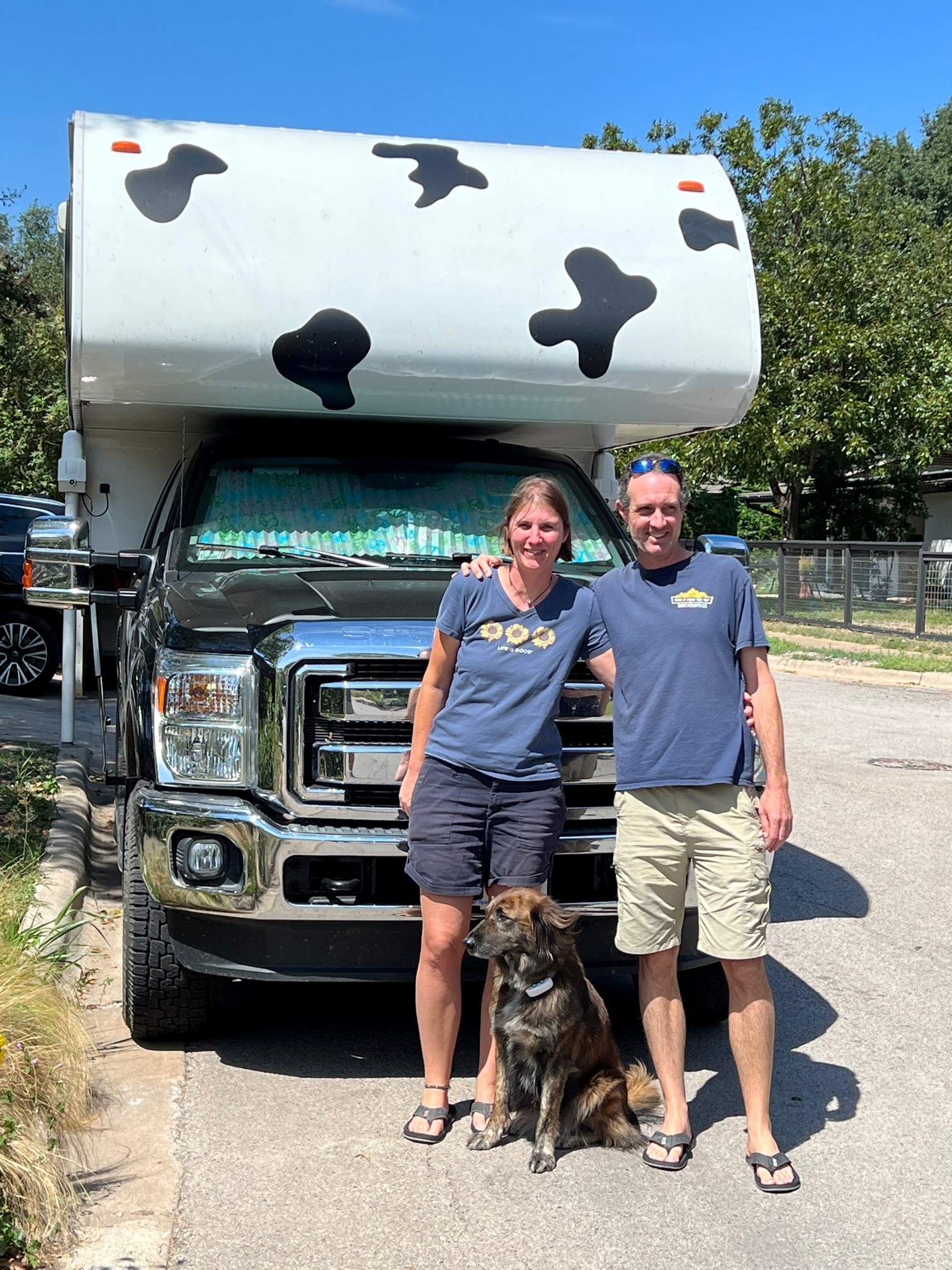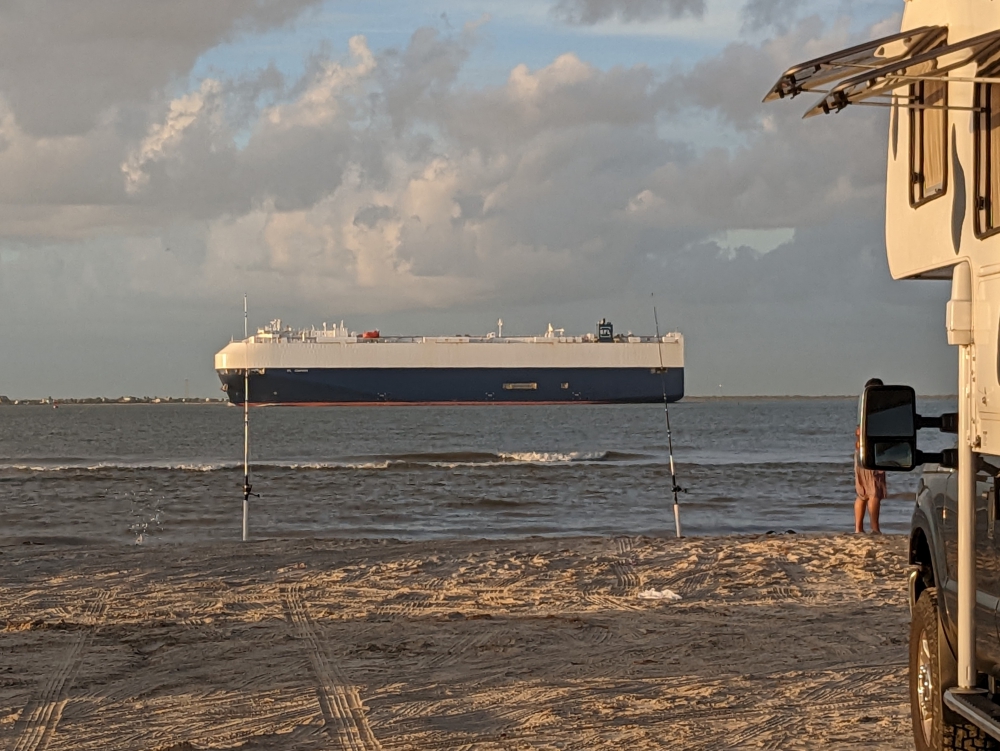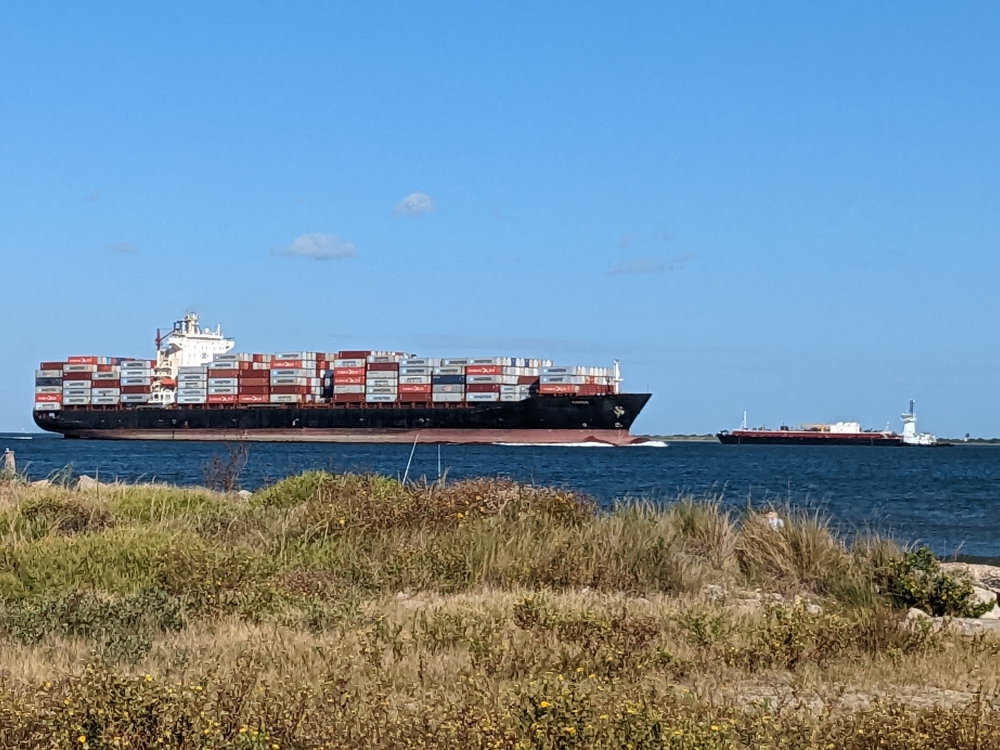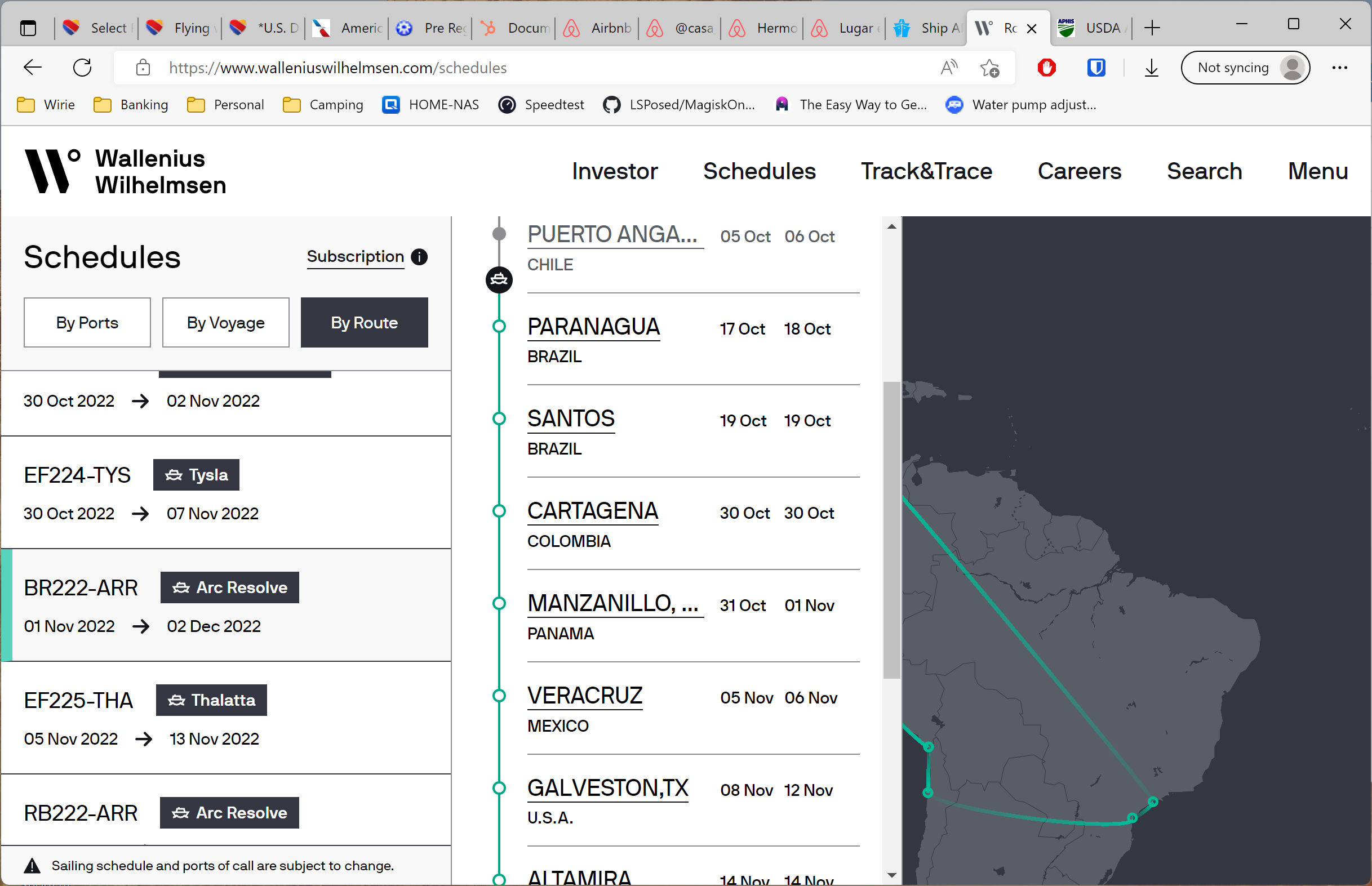
Every month, I post a report of our expenses to show that it is possible to live a comfortable, exciting, and adventurous life without breaking the bank. “The less money you spend, the less you need to make” is our motto. 🙂 At the beginning of each year, I produce an expense report for the previous 12 months. This is the most recent one, for 2024.
Our first yearly expense report (2016) can be found here, the report of 2017 is here, the one for 2018 here, our 2019 expenses are located here, our total costs for 2020 are documented here, those for 2021 are detailed here, and 2022’s financial summary hides here.
These reports include ALL of our expenses, in US$, for two adults and a 60-pound dog. We adopted Maya on June 4th, 2019. Under groceries we incorporate food, produce, and non-alcoholic drinks predominantly bought in supermarkets. Toiletries belong in that category as well. Dining out means eating at a restaurant/event or purchasing take-out food. The health category covers non-prescription medicines and vitamins/supplements; medical contains prescription drugs and doctor’s visits. Because of our income level, Mark and I are eligible for free health care within the state of Massachusetts. For check-ups, we both return to the US East Coast. The internet costs is for Starlink hardware and monthly subscription fees. We bought our satellite dish in Lima, Peru, in September 2023.
In 2023, Mark, Maya, and I drove from Colombia through Ecuador and Peru into Bolivia with our truck camper Thirsty Bella. During this multiple-year South American overland journey, which started in November 2022, we have visited Colombia for six months, Ecuador for three, Peru for five, and Bolivia for over a month so far. That’s a lot of driving.
So, it is no surprise that the biggest expense category for last year was, once more, our vehicle, with over $3,200 going to fuel. We also bought a new hub for one of the wheels ($250), a safety kit required by local police, a cow horn just for fun, caliper pins, fluid, and cleaners for the brakes, a new taillight, grease, and oil filters. We also reimbursed the baggage fee for a friend who brought a sharp tool back from the US for us.
Other big car repair items were two oil changes ($200), which are more expensive in South America than in the US, security film for the car windows ($160), and an ignition coil ($85) with another one going towards this year already. Plus, we needed a mechanic to check a tire issue and someone else to fix six malicious punctures. Furthermore – and surprising – is the fact that we paid $151 in tolls, mostly in Colombia. These sure added up!
We extended our vehicle insurance in Colombia after deciding to stay an extra 90 days, bought liability car insurance for six months in the Mercasur countries (Bolivia and south from here), and spent a total of $55 on parking – in SA and in the US when Mark went back for a visit.
Groceries cost $2,585 (averaging $215 a month). Not bad. Probably because the dining out amount is high, at over half that ($1,542)!
Being in “cheaper” countries means that we are splurging at restaurants much more than in the US, which is reflected here!
The computer category is substantial, due to Mark requiring a new laptop and accessories, me needing a new smartphone (Google Pixel) as my original one was stolen in Cusco, and our decision to buy a Starlink satellite internet system for almost $500 in Peru. Hooking it up in our camper required extra parts and cables as well. Usually, our hosting fee is higher, but thanks to donations from you, dear readers, those costs related to the Roaming About website are taken care of.
Another higher-than-usual category is accommodation. In the US and Mexico, we pretty much boondocked (wild camped) for free 100% of the time. Because of logistical and safety issues, we have paid for campgrounds in Colombia and Peru. A third of the almost $1,000 for lodging went to renting Airbnb apartments and hotel rooms during the visit of my cousin and her husband in November and December and a two-night stay in Quito with friends.
Of course, most of our nights we still camped for free on the edges of towns or in spectacular natural surroundings. Otherwise, this lifestyle would be unaffordable for us.
Maya has lots of allergies. This means she eats a specific diet and dog food brand, which is more difficult to come by and much more expensive on this continent than in the US. Therefore, the dog category went up compared to last year. Despite us bringing three big bags into Colombia. Vet visits, on the other hand, are affordable here and our dog – touch on wood – has been pretty healthy on the road.
Even though we have our own mode of transportation, we end up spending a chunk of money for that category, no matter the location in South America. Mark has to fly back to the US once a year for health check-ups (I skipped mine in 2023) and, once we are camped near a main city, we use Uber, InDrive, taxis, minivans, tuk tuks, and cable cars to get around. Those forms of transportation added up to over $600 last year.
The category one expects to be high when traveling the world is entertainment. Yet, we often find free activities, like hikes and viewpoints. I feel we didn’t skimp on excursions in 2023, visiting plenty of volcanoes, ruins, canyons, museums, and hot springs.
Other tourist attractions that stood out were the Three Colored Mountains, the reed islands of Uros, and the Sacred Valley archeological sites in Peru and, of course, the biggie: Machu Picchu.
Our trio also paid to visit the Nazca and Palpa Lines, Gocta waterfall, a salt cathedral, and a bird sanctuary.
We used the cable car in Bogota, joined a few “free” walking tours, and I jumped off a bridge in Banos, Ecuador.
Mark and I could do better with our alcohol expenses. But, especially when hanging out with friends, it’s nice to have a drink. Or two.
A massive change regarding utilities is our acquisition of Starlink in September 2023. We now have internet at our fingertips everywhere and all the time. The price for that is $70 a month, half of which is paid by our business. Since we replaced the RV’s propane fridge with an electric, compressor fridge, our cost for propane gas went down to $50 for an entire year, compared to $180 last year. Our potable water expenses were negligible.
Every home needs maintenance, including a camper. Last year, we spent $342 on camper improvements inside and outside, like a propane hose, fridge thermostat, wood for a platform in the bed of the truck, water filters, screws, glue, caulk, and plexiglass for the Starlink installation.
More than $200 went to drinking out in 2023; either with friends or just the two of us. This includes hot beverages and juices as well.
The next categories down the list are birthday and Christmas gifts for family and friends, Customs and Immigration, mainly our three-month extensions in Colombia and a Bolivian visa for Mark, and medical, namely medicines at local pharmacies (no prescriptions are needed in most of Latin America) and a tooth exam and X-ray for Mark.
Clothing and household items had the same number attached ($125) and enriched our cabinets and drawers. I bought a wool alpaca poncho, while Mark purchased a couple of alpaca sweaters in Ecuador and shorts in the US. Other (extra) clothing was obtained with gift money from my parents. They also sponsored a biking activity and two dinners out. Our household purchases contained a new router, vacuum cleaner, camping chairs, cutting boards, ice tray, and dishtowels.
Every year, we pay a $90 fee for the use of our Chase visa card. This allows us to collect points, which then can be redeemed for flights or other items, meaning the card is essentially free.
The miscellaneous category contains more than random expenses and toilet visits, or the amount would be lower. This is where we include souvenirs, mostly for me: a leather purse from Colombia, small paintings from Ecuador, and a Pachamama (Mother Earth) statue in Peru.
We also ran into a few obstacles with our “giant” camper, like a roof in Villa de Leyva in Colombia and another person’s car (his fault) in Huaraz, Peru. We reimbursed the owners for their tiles and side-view mirror.
The two remaining items in the report are laundry – quite low on a year basis, because we stayed with friends at times, who let us use their washing machine – and health & fitness, which resembles two haircuts for me, one in Colombia and one in Ecuador. Mark and I have clippers to cut his hair every other month.
2023 Overview:
Car (fuel: $3,203; maintenance: $972;
tolls: $151; insurance: $146; parking: $55):
Groceries:
Dining out:
Computer (hardware: $1,124; hosting: $44; software: $2):
Accommodation (Airbnbs, hotels, camping):
Dog (food: $525; supplies: $116; vet: $84):
Transportation (plane ticket M, Uber, taxis, cable cars):
Entertainment:
Alcohol:
Utilities (internet: $408; prop.: $51; water: $11):
Camper:
Drinking out:
Gifts (B-days, Christmas, NY):
Customs & Immigration (extensions Colombia; visa Bolivia M):
Medical:
Clothing:
Household:
Bank fees (Chase visa card):
Miscellaneous (souvenirs):
Laundry:
Health & Fitness (haircuts L):
TOTAL:
$4,527
$2,858
$1,542
$1,170
$993
$725
$616
$603
$592
$470
$342
$238
$217
$205
$155
$125
$125
$93
$88
$84
$13
———
$ 15,781
(It might be easier to read the table when turning your device in the horizontal position.)
And that’s a wrap! If you are enjoying these posts and would like to help out with our expenses maintaining this blog, please click on the donate button underneath, in the side bar, or in the menu bar on top. I promise Roaming About will remain an ad-free website. Thank you!
Find all our expense reports here. To learn what other full-time nomads spend each month, check out the blogs of our vanlife friends Duwan and Greg at Make Like An Ape Man.
Donate to Roaming About to help maintain this website.








































































































